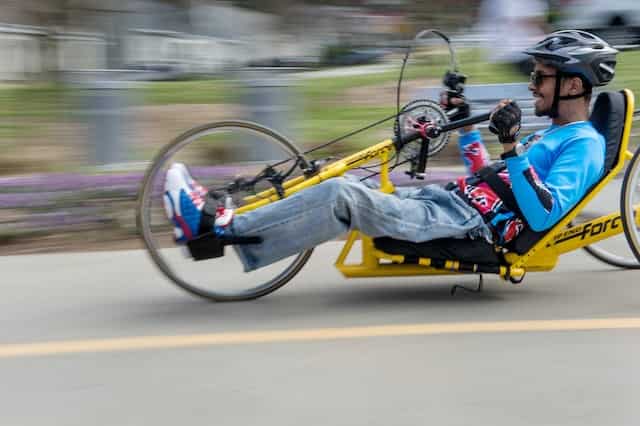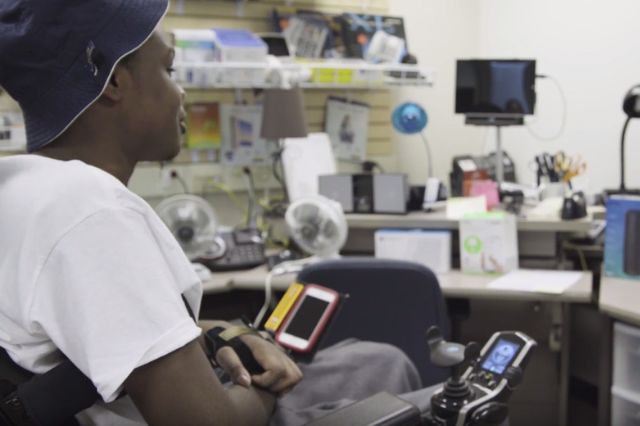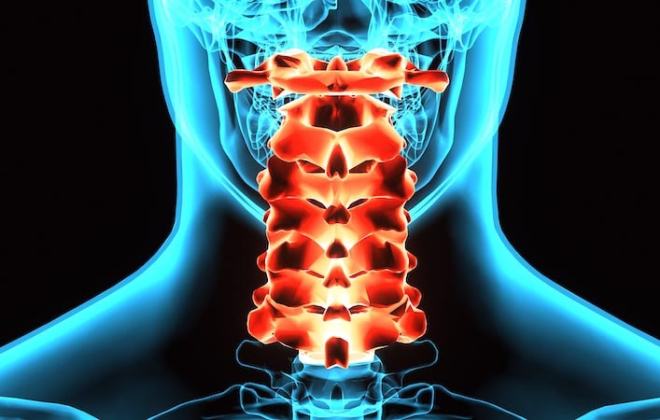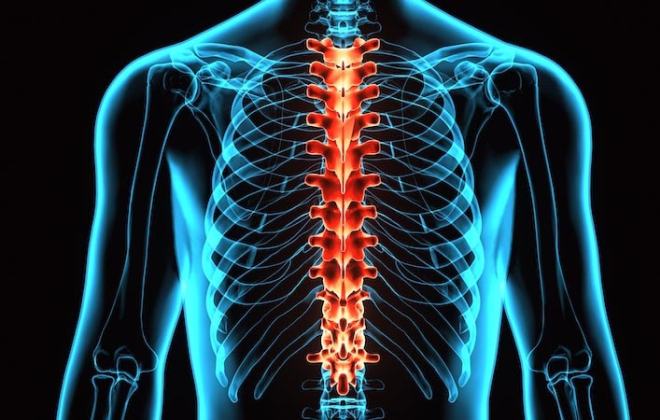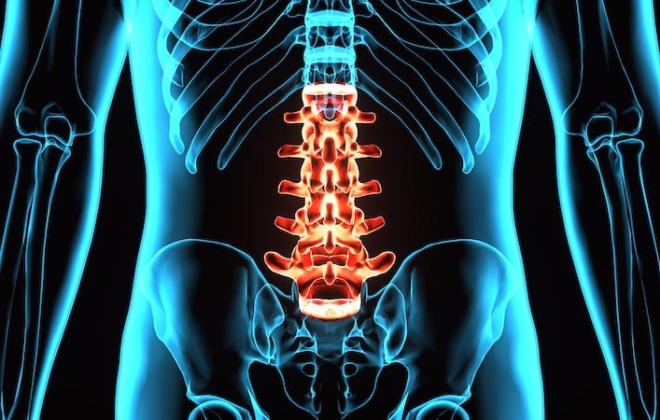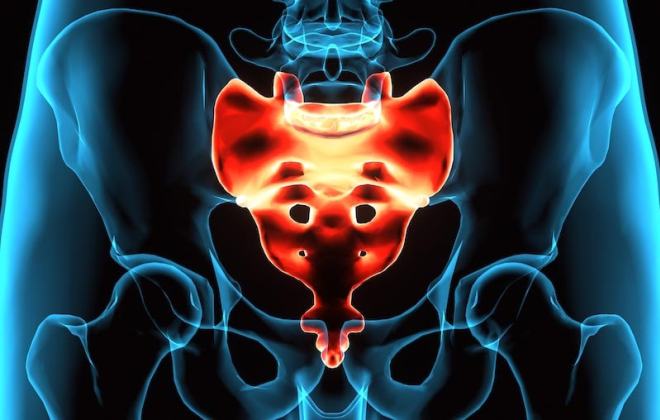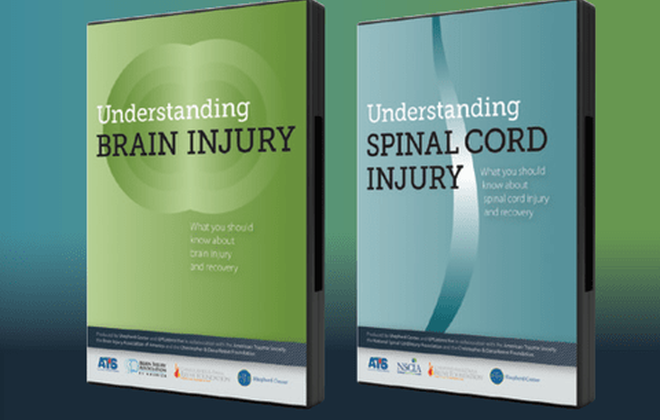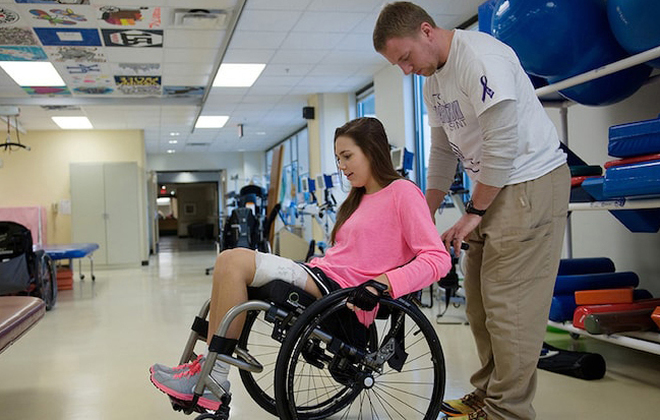Types and Levels of Spinal Injuries
The spinal cord is designed to relay messages between the brain and the rest of the body. When you or a loved one experiences a spinal cord injury, the body may lose some essential functions if the nerves can’t communicate with the brain. Since there are various types of spinal cord injuries, it’s best to understand how they differ and what symptoms are associated with each level.
Types of Spinal Cord Injury
Since most spinal cord injuries are trauma-based, there are different ways injuries happen and different types of spinal cord injury. Some of the most common causes of spinal cord injury include motor vehicle accidents, falls, gunshot wounds, sports injuries or surgical complications. Most cases can be divided into two types of spinal cord injury – complete spinal cord injury vs. incomplete:
- A complete spinal cord injury causes permanent damage to the area of the spinal cord that is affected. Paraplegia or tetraplegia are results of complete spinal cord injuries.
- An incomplete spinal cord injury refers to partial damage to the spinal cord. The ability to move and the amount of feeling depends on the area of the spine injured and the severity of the injury. Outcomes are based on a patient’s health and medical history.
Levels of Spinal Cord Injury
There are four sections of the spinal cord that impact the level of spinal cord injury: cervical, thoracic, lumbar and sacral. Each section of the spine protects different groups of nerves that control the body. The types and severity of spinal cord injuries can depend on the section of the spine that is injured. Learn about the sections of the spine, four levels of spinal cord injury and possible recovery outcomes.
Cervical spinal cord injuries affect the head and neck region above the shoulders. It is the most severe level of spinal cord injury. Learn more cervical spinal cord injuries.
Thoracic spinal cord injuries affect the upper chest, mid-back and abdominal muscles. Arm and hand function is usually normal with this level of spinal cord injury. Learn more thoracic spinal cord injuries.
Lumbar spinal cord injuries affect the hips and legs. Individuals may need a wheelchair or walk with braces with this level of spinal cord injury. Learn more about lumbar spinal cord injuries.
Sacral spinal cord injuries affect the hips, back of the thighs, buttocks and pelvic organs. Individuals are most likely able to walk with this level of spinal cord injury. Learn more sacral spinal cord injuries.
More Information About Types and Levels of Spinal Cord Injuries
Our video series uses simple language and images of real people who have sustained a spinal cord injury, as well as insight from medical experts and advocates.
Shepherd Center’s Injury Prevention Program spreads the word about risky behavior with the goal to prevent brain and spinal cord injuries.
Visit MyShepherdConnection.org for a wealth of spinal cord injury-related educational materials for patients, families and caregivers.
Still have questions about the levels and types of spinal cord injury? Here is a list of FAQs about spinal cord injury.

